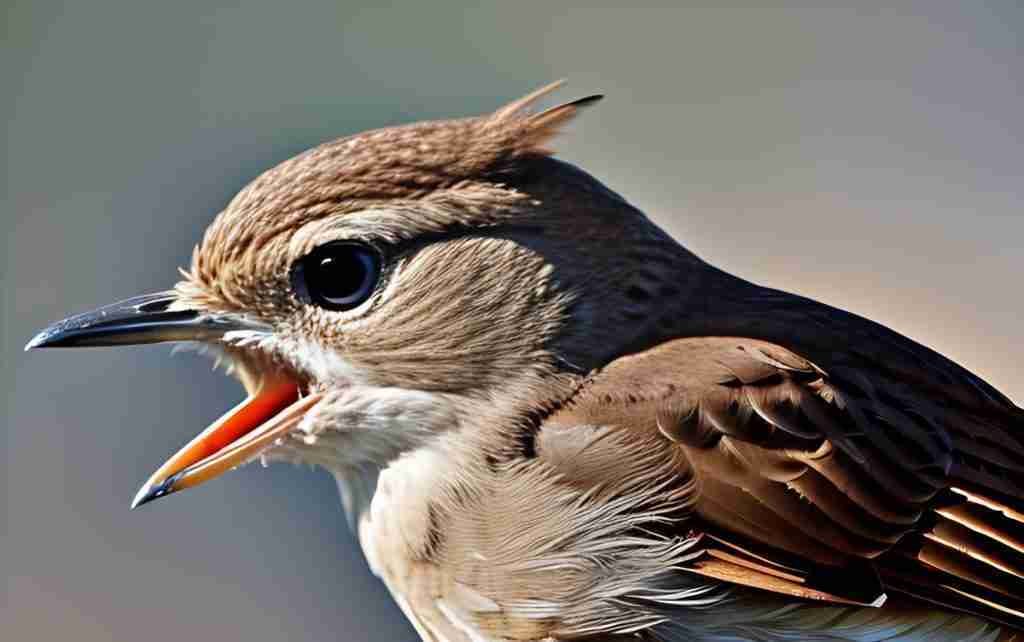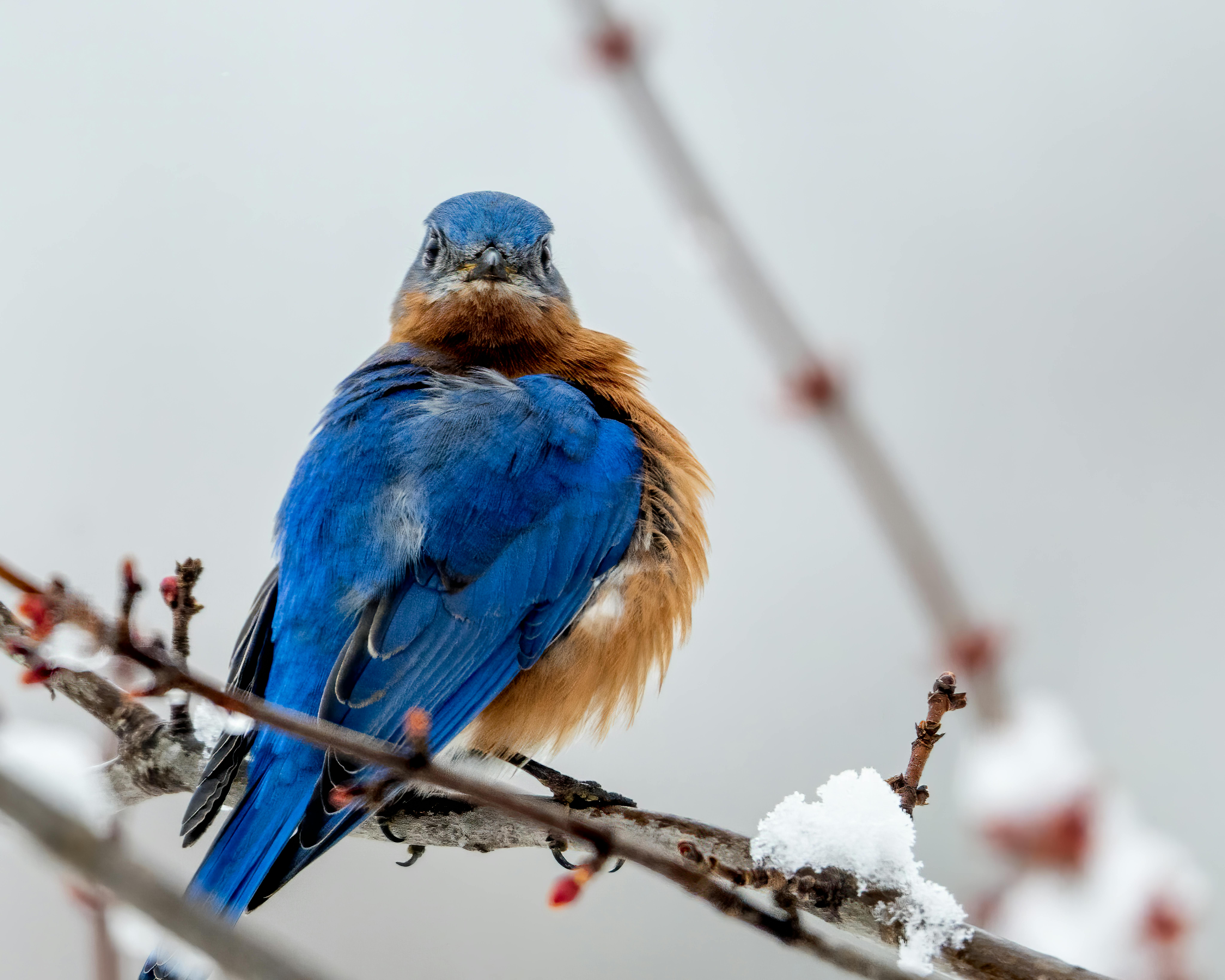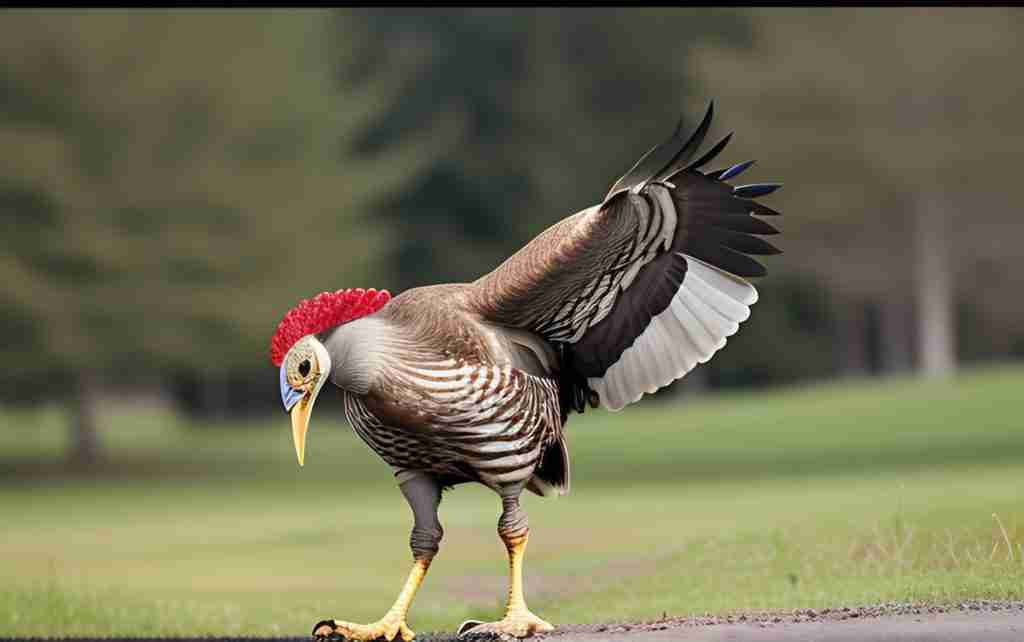If you’re yearning to see the delightful sight of wrens flitting about in your yard, look no further! This article offers a collection of practical and easy-to-follow tips that will help you attract these charming feathered friends to your outdoor haven. From providing the perfect habitat and offering the tastiest treats, to creating a peaceful environment for their musical performances, we’ve got you covered. Get ready to welcome these delightful little creatures into your yard and experience the joy of their presence firsthand.
[/et_pb_text][pac_divi_table_of_contents _builder_version=”4.22.1″ _module_preset=”default” included_headings=”off|on|on|off|off|off” level_markers_1=”none” hover_enabled=”0″ sticky_enabled=”0″ level_markers_2=”none” level_markers_3=”none” level_markers_4=”none” level_markers_5=”none” level_markers_6=”none”][/pac_divi_table_of_contents][et_pb_text _builder_version=”4.22.1″ _module_preset=”default” hover_enabled=”0″ sticky_enabled=”0″]1. Provide Proper Habitat
Creating a suitable habitat is the first step towards attracting wrens to your yard. Wrens prefer areas with dense vegetation, providing them with protection from predators and offering an ideal environment for nesting and foraging. Here are some ways to achieve this:
1.1. Create Dense Shrubs and Bushes
Planting dense shrubs and bushes in your yard will provide the wrens with a safe and secure place to hide and build their nests. Opt for native species that are suitable for your region, as they will attract a wider range of insects, which wrens love to feed on.
1.2. Plant Native Trees
In addition to shrubs and bushes, adding native trees to your yard will provide wrens with additional perching and nesting options. Oak, maple, and cedar are excellent choices that offer both shelter and food sources for these birds.
1.3. Provide Natural Food Sources
To entice wrens, create a diverse range of natural food sources. Plant flowering plants that produce seeds and berries, such as coneflowers, sunflowers, and serviceberries. These will not only provide a tasty food source but also attract insects for the wrens to feed on.
1.4. Offer Water Sources
Just like any other bird, wrens need access to fresh water for drinking and bathing. Adding a birdbath or a shallow water feature to your yard will not only attract wrens but also provide a refreshing spot for them and other birds to enjoy.
2. Create Nesting Opportunities
Wrens are cavity-nesting birds, which means they nest in holes and crevices. By providing suitable nesting opportunities, you’ll increase the chances of attracting these lovely birds to your yard. Here’s how you can help:
2.1. Provide Nesting Boxes
Installing nesting boxes specifically designed for wrens is an effective way to attract them. These boxes should have a small entrance hole and be placed in a sheltered area, preferably near dense vegetation. Ensure the boxes are sturdy and have proper drainage holes to keep the nests dry.
2.2. Offer Natural Nesting Materials
Wrens construct their nests using twigs, grass, leaves, and feathers. As a thoughtful gesture, you can scatter these materials in your yard to provide the wrens with the necessary resources to build their nests. Be mindful not to use any materials treated with chemicals that could harm the birds.
2.3. Create Brush Piles
Leaving fallen branches, leaves, and other natural debris in a corner of your yard can create a brush pile, which offers an ideal spot for wrens to build their nests. These piles mimic the natural habitat of these birds and provide them with both shelter and materials for constructing their homes.
[/et_pb_text][et_pb_image _builder_version=”4.22.1″ _module_preset=”default” hover_enabled=”0″ sticky_enabled=”0″ src=”https://afeathertogether.com/wp-content/uploads/2023/09/d6f1d2e8-9a12-4e6f-a0e1-0303fd9fe7d6_out-1200×752.jpg” admin_label=”Closeup of wren at feeder”][/et_pb_image][et_pb_text _builder_version=”4.22.1″ _module_preset=”default” hover_enabled=”0″ sticky_enabled=”0″]3. Offer Food and Feeders
One surefire way to attract wrens is to provide them with a reliable source of food. By setting up feeders and offering the right types of food, you can lure wrens to your yard and keep them well-fed. Consider the following strategies:
3.1. Install Bird Feeders
Choose bird feeders that are specifically designed for smaller birds like wrens. Wrens prefer platforms or hopper feeders where they can land easily and access the food. Fill the feeders with a variety of seeds like millet, sunflower seeds, and cracked corn to appeal to their dietary preferences.
3.2. Use Suet Feeders
Wrens are insectivorous birds and enjoy feasting on insects, including suet. Adding suet feeders to your yard will provide an additional food source. Suet cakes can be easily obtained from bird supply stores and can even be made at home using a mixture of fat, seeds, and dried fruit.
3.3. Provide Mealworms
Mealworms are a favorite treat for wrens. These small, wriggling larvae are packed with protein, making them an excellent food source. You can find mealworms at most pet supply stores or online. Offering a dish of mealworms or incorporating them into your bird feeders will certainly entice wrens to visit.
4. Maintain a Natural Environment
To create an enticing environment for wrens, it is essential to maintain a natural and sustainable yard. Avoiding the use of harmful chemicals, reducing lawn mowing, and incorporating wildflower gardens will provide a healthy habitat for wrens and other wildlife. Consider the following:
4.1. Avoid Chemical Pesticides
Using chemical pesticides can harm not only the insects wrens rely on for food but also the birds themselves. Opt for natural pest control methods and encourage a healthy balance in the ecosystem by attracting beneficial insects like ladybugs and lacewings.
4.2. Limit Herbicide Use
Herbicides can have a detrimental effect on wrens and their habitat by eliminating the plants they rely on for food and shelter. Minimize the use of herbicides and consider alternative methods such as hand-pulling weeds or using mulch to suppress weed growth.
4.3. Reduce Lawn Mowing
Allowing parts of your lawn to grow wild and reducing the frequency of mowing can benefit wrens by offering them more natural foraging areas and reducing disturbances in their nesting sites. Letting the grass grow longer provides shelter for insects and encourages biodiversity.
4.4. Provide Wildflower Gardens
Planting wildflowers is a wonderful way to attract wrens and other pollinators to your yard. Native wildflowers not only add beauty but also provide a valuable food source for wrens in the form of nectar and seeds. Choose a variety of wildflowers that bloom at different times to ensure a continuous food supply.

5. Minimize Predators
Creating a safe haven for wrens requires minimizing the presence of potential predators. By implementing a few preventive measures, you can protect the wrens and their nests. Consider the following strategies:
5.1. Install Bird Feeders with Baffles
Bird feeders equipped with baffles can effectively deter larger predators, such as squirrels and raccoons, from accessing the food intended for wrens. Baffles are designed to prevent animals from climbing up or reaching down from above the feeder, keeping the wrens’ food source safe.
5.2. Use Predator Guards for Nesting Boxes
To protect wren nests from predators like snakes or mammals, install predator guards on the entrance hole of the nesting boxes. These guards prevent larger animals from reaching into the nest, offering a safer environment for the wren eggs and nestlings.
5.3. Avoid Dense Thickets Near Bird Feeders
While dense vegetation is generally beneficial for wrens, it can also provide concealing cover for predators. To minimize this risk, ensure that any dense thickets or bushes near your bird feeders are at a sufficient distance to discourage access by predators.
6. Play Recorded Wren Songs
Wrens are highly territorial birds, and when they hear the songs of their fellow wrens, they often respond with curiosity and excitement. By playing recorded wren songs in your yard, you can attract these birds by piquing their interest. Here’s how you can do it effectively:
6.1. Use Recorded Wren Songs Sparingly
When utilizing recorded wren songs, it’s important to use them sparingly. Playing these songs for extended periods or at high volumes can confuse and agitate the birds. Use short bursts of wren songs intermittently to avoid overwhelming or disrupting the natural behaviors of the resident wrens.
6.2. Place Speakers in Discreet Locations
When playing recorded wren songs, ensure that your speakers are discreetly placed to mimic the natural location of a wren’s song. Avoid placing them directly next to bird feeders or nesting boxes, as this can create confusion or potential conflicts for the resident birds.
7. Maintain a Tidy Yard
Keeping your yard tidy not only enhances its aesthetic appeal but also ensures the well-being of the wrens that visit. Regular cleaning and maintenance are crucial for creating a safe and healthy environment. Follow these helpful tips:
7.1. Clean Bird Feeders Regularly
Bird feeders can accumulate bacteria, mold, and other contaminants over time, which can be harmful to visiting wrens. Clean your bird feeders regularly using warm water and a mild soap solution, ensuring that they are thoroughly rinsed and dried before refilling.
7.2. Regularly Remove Old Nesting Material
After the breeding season, wren nests are no longer needed, and keeping them can attract parasites and diseases. Once any nesting activity has ceased, carefully remove old nesting material from the birdhouses to ensure a fresh start for the next breeding cycle.
7.3. Keep Yard Free of Debris
Clear your yard of any potential hazards or clutter that could pose a risk to wrens. Remove fallen tree branches, excessive piles of leaves, or any other debris that may obstruct the birds’ flight paths or cause injury.
8. Provide Shelter from Extreme Weather
Extreme weather conditions can make survival difficult for wrens. Offering them suitable shelters can greatly enhance their chances of enduring harsh conditions. Consider implementing the following strategies:
8.1. Offer Birdhouses with Proper Insulation
When choosing birdhouses for wrens, select ones that provide adequate insulation to protect against both cold and heat. Constructed with thick walls and roof overhangs, these birdhouses can buffer the temperature extremes and provide a more comfortable environment for the wrens.
8.2. Provide Roosting Boxes
During colder months or storms, roosting boxes can offer wrens a safe haven to seek shelter. These boxes are designed to be cozy and insulated, providing protection from the elements and helping to maintain the wrens’ body temperature.
9. Be Patient and Observant
Attracting wrens to your yard isn’t an instant process; it requires patience and observation. Spend time being still and watchful, observing the behaviors and vocalizations of the wrens. This not only deepens your connection with nature but also allows you to understand their preferences better. Consider the following tips:
9.1. Spend Time Watching Birds in Your Yard
Set aside dedicated time to watch the birds in your yard. Whether it’s in the morning or evening, find a comfortable spot where you can quietly observe the wrens as they visit feeders, explore their surroundings, and engage in their delightful behaviors.
9.2. Learn Wren Behavior and Vocalizations
By familiarizing yourself with wren behavior and their unique vocalizations, you’ll be better equipped to understand and attract them. Spend time studying their habits, the types of calls they make, and the ways they communicate with one another. This knowledge will enable you to create an environment that caters to their needs.
10. Seek Community Assistance
Building a community that shares your enthusiasm for attracting wrens can be both rewarding and educational. It allows you to exchange ideas, experiences, and tips for creating a wren-friendly habitat. Here’s how you can seek assistance from like-minded individuals:
10.1. Join Local Birding or Nature Groups
Joining local birding or nature groups provides an opportunity to connect with people who share your passion for birds and wildlife. These groups often organize regular outings or workshops, where you can gain valuable insights and learn from experienced birders in your area.
10.2. Exchange Tips and Experiences
Engaging with other bird enthusiasts allows you to exchange tips and experiences related to attracting wrens to your yard. Whether it’s through online forums, social media groups, or local meetings, sharing your successes and challenges can inspire others and foster a sense of community.
Remember, attracting wrens to your yard is a journey that requires patience, dedication, and an understanding of their needs. By creating a suitable habitat, providing nesting opportunities, offering food and feeders, maintaining a natural environment, and minimizing predators, you can create an inviting haven for these lovely birds. With some thoughtful planning and a little bit of luck, you’ll soon find yourself serenaded by the enchanting songs of wrens in your own backyard. Happy bird-watching!
[/et_pb_text][/et_pb_column][/et_pb_row][/et_pb_section]


